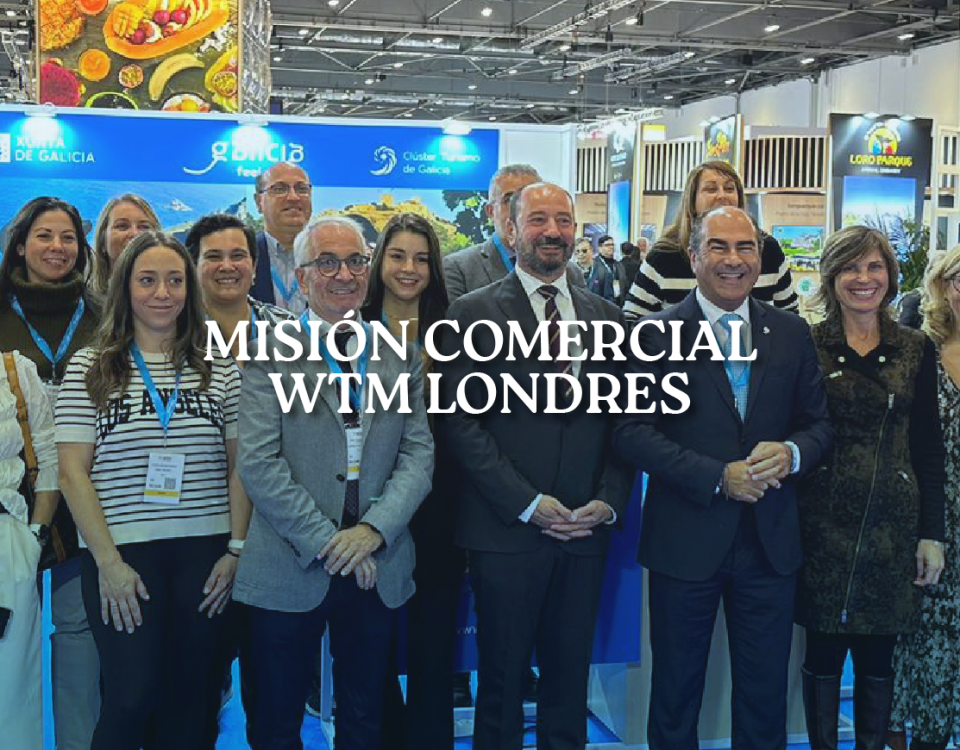- El mejor turismo de galicia
Tourism also looks to the stars in Galicia
Tourism also looks to the stars in Galicia
The region is committed to astronomical experiences to conquer new markets.
Astronomical phenomena have been very present in the lives of the inhabitants of Galicia since time immemorial. They have conditioned aspects of daily life such as the dates of sowing and harvesting and have guided the construction of ancient megalithic monuments. Even the Way of St. James, one of the signs of identity of this land and one of its main tourist attractions, has traditionally been identified with the Milky Way. It is therefore logical that another growing tourist attraction, as is the case of astronomical tourism, is beginning to take hold in this land and that more and more administrations and entities have decided to raise their sights to the sky and lay the foundations to become a point of reference in this field.
This is demonstrated by the growing number of locations throughout Galicia that have already obtained one of the certifications awarded by the Starlight Foundation, an international entity linked to the Astrophysical Institute of the Canary Islands, in recognition of “those spaces that have excellent sky quality and represent an example of protection and conservation”. There are ten different types of certification adapted to different types of sites and promoters. In the case of Galicia, there are already seven places that have one of these accreditations that guarantee the quality of their skies and the efforts made to promote observation.
The Trevinca mountains, in the Ourense municipality of A Veiga, inaugurated the list in Galicia in August 2015 when they became a Starlight Tourist Destination. Less than half a year later, in January 2016, the Atlantics Islands of Galicia National Park obtained the same certificate, which rewards those “places that can be visited, that enjoy excellent qualities for the contemplation of starry skies and that, being protected from light pollution, are especially suitable for developing tourist activities based on this natural resource”. The municipality of Muras in Lugo joined this same list in December 2020.
In 2019, Casa Rural A Pedreira (Cuntis) became Starlight Accommodation, a category that recognises establishments that, in addition to accredited quality, “become propagators of the values contained in the Declaration of La Palma, in Defence of the Night Sky and the Right to Starlight”. Likewise, the Albarari Campo Stellae establishment (Oleiros) and the Cíes Islands Campsite (Cíes, Vigo) have been considered Starlight Campsites since 2021 and since this year, respectively, for being facilities that promote sustainable tourism, respectful of the environment and protective of the night sky, also offering activities to promote knowledge of the starry sky. For its part, the Avión Lighthouse in Covelo has been certified as a Starlight Site, which accredits the quality of the sky in the area, although astronomical activities have not yet been carried out.
This list could grow soon, as there are already several initiatives underway to achieve new Starlight certifications in Galicia. This is the case of the one promoted by the Lalín Council for the Alto do Costado area or the one promoted by the Costa da Morte Tourist Association (CMAT) for this region.
In order to obtain the Starlight certificate, an audit process is required in which several aspects are evaluated: the quality of the sky, both night and day; the strategies carried out in terms of intelligent and innovative lighting; the technical resources and infrastructures made available for sky observation; the involvement of the public and private sector, the local community and other actors in the configuration of a quality offer; the strategy for managing the resources associated with astronomy; user satisfaction; knowledge management (research, innovation, education and information), and the macro-management of the Starlight programme.









